

Sijilmassa
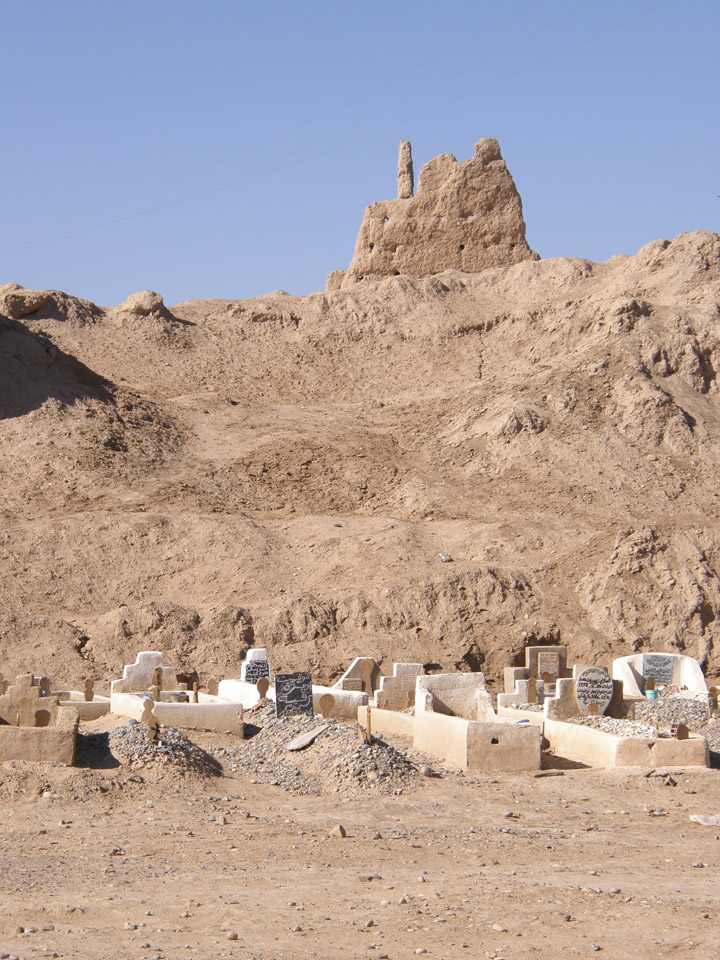
ruins of Sijilmassa
Sijilmasa (or Sijilmassa) was a mediaeval trade centre in the western Maghreb.
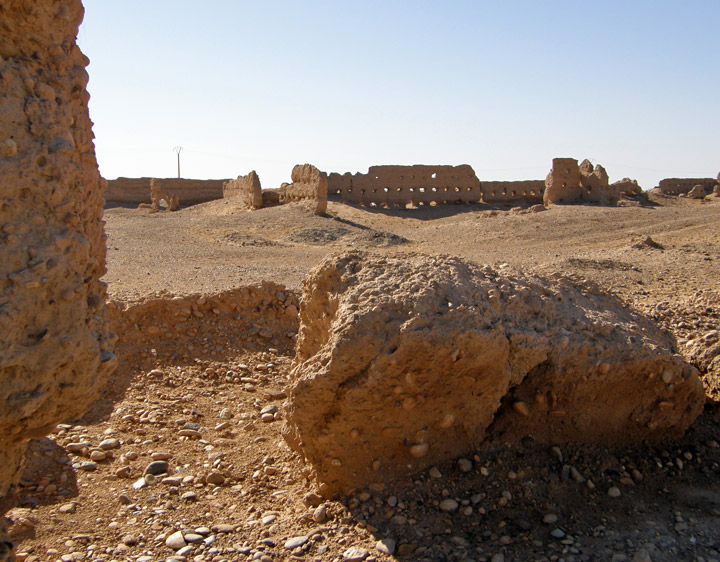
Sijilmasa was an oasis town south west of Fez on the northern edge of the
Sahara, overlooking the Ziz River. It was established by Sufris in 757. Up until
the 11th century, it was, as the exit-point for the western Trans-Sahara trade
route, one of the most important trade centers in the Maghreb. Sijilmasa became
very wealthy through trade with Ghana, above all through the exchange of luxury
items from the Mediterranean for gold.
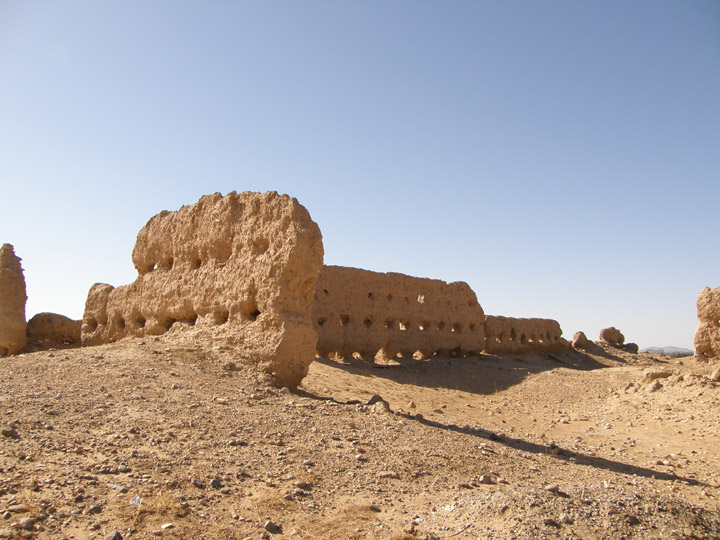
On account of its wealth, the city was able to assert its independence under the
Miknasa tribe as a Kharijite Emirate ruled by the Midrarid dynasty, freeing
itself from the Abbasid Caliphate as early as 771. In alliance with the
Caliphate of Córdoba it was also able to remain apart from the Fatimids of
Ifriqiya in the 10th century. However, when the Miknasa allied themselves with
the Fatimids, they were dislodged by the Berber Maghrawa tribe, who were allied
with the Umayyads of Córdoba.
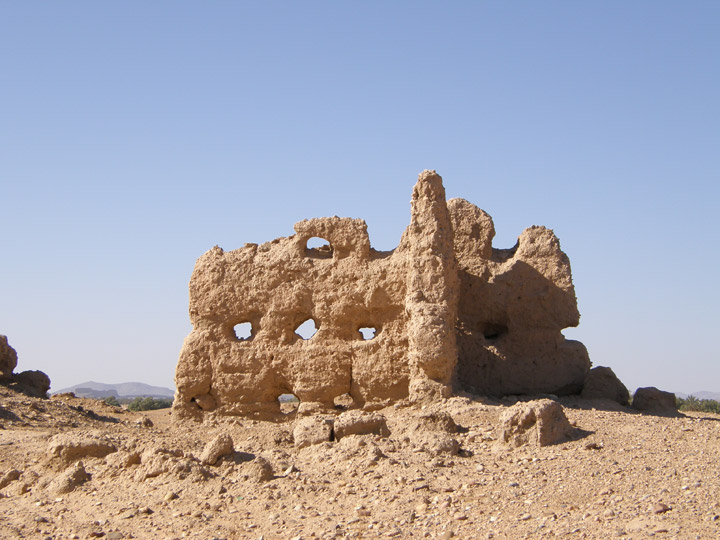
Under the Maghrawa the city retained its role as a trade centre, but came
increasingly into conflict with the Sanhaja, a nomad tribe of the Sahara. In
1054, Ibn Yasin allied the Almoravids with the Sanhaja and captured Sijilmasa in
1054, imposing his rigorous interpretation of Islam. A revolt quickly followed
(1055), in the course of which the Almoravids were defeated and their leader
Yahya ibn Umar killed. His successor Abu-Bakr Ibn-Umar put down the rebellion in
1056 and laid waste to Sijilmasa, which never recovered its status a centre of
trade.
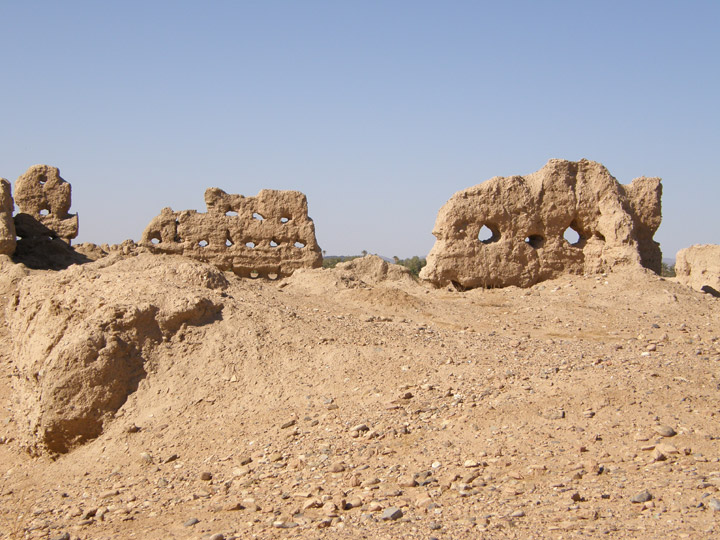
Although it was destroyed again in 1363, it was rebuilt under the orders of
Sultan Moulay Ismail in the 18th century. It was conquered and destroyed - once
again - by the nomadic tribes of Ait Atta in 1818. Today, the ruins of
Sijilmassa are recognized by the World Monuments Fund as an endangered site, and
preserved by the Moroccan Ministry of Culture.
Text from Wikipedia

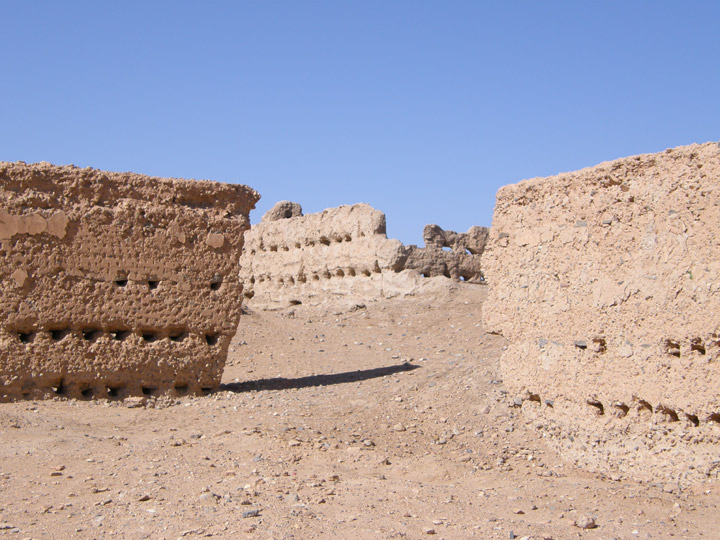
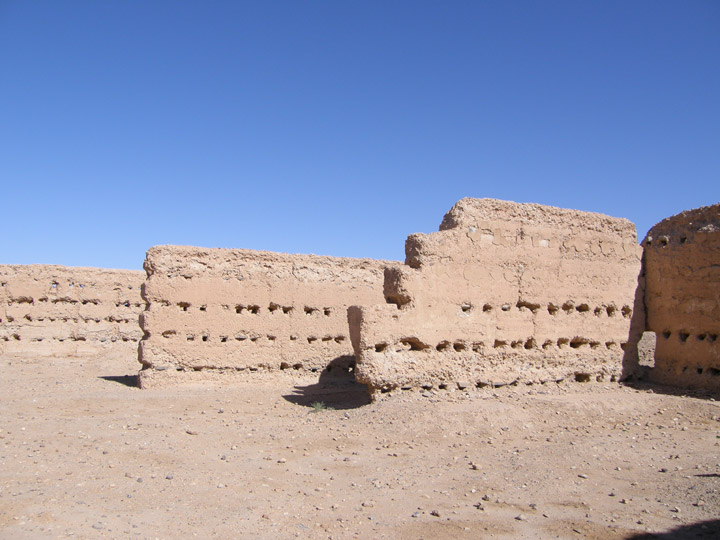
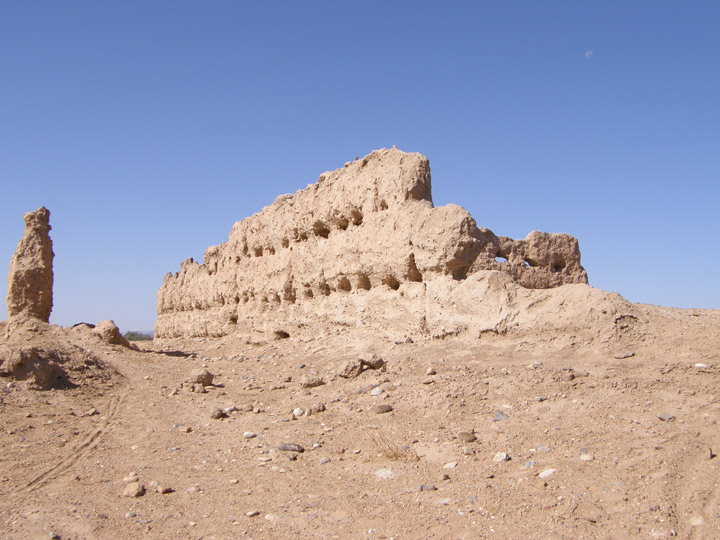
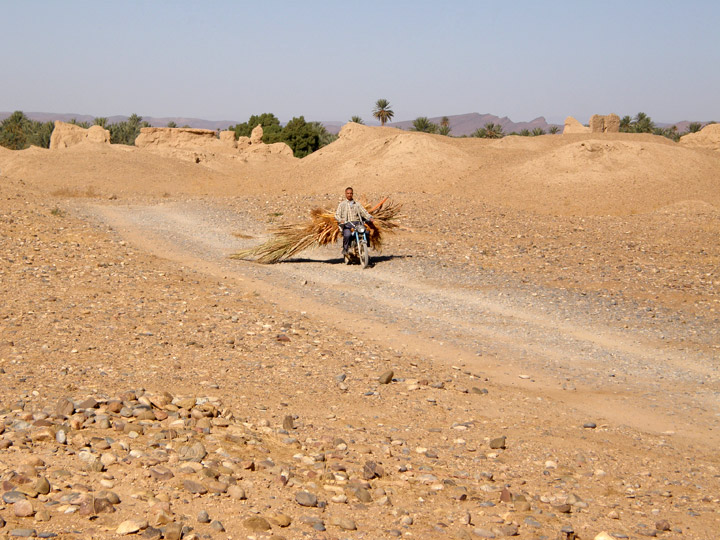

The Grave Yard
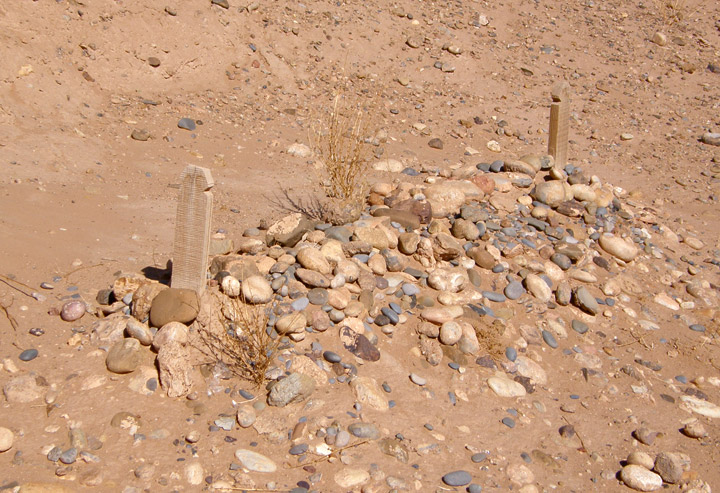
simple grave
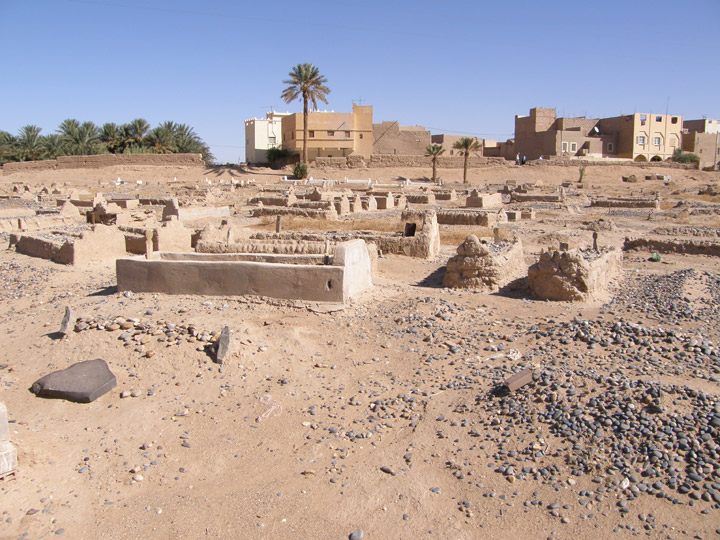
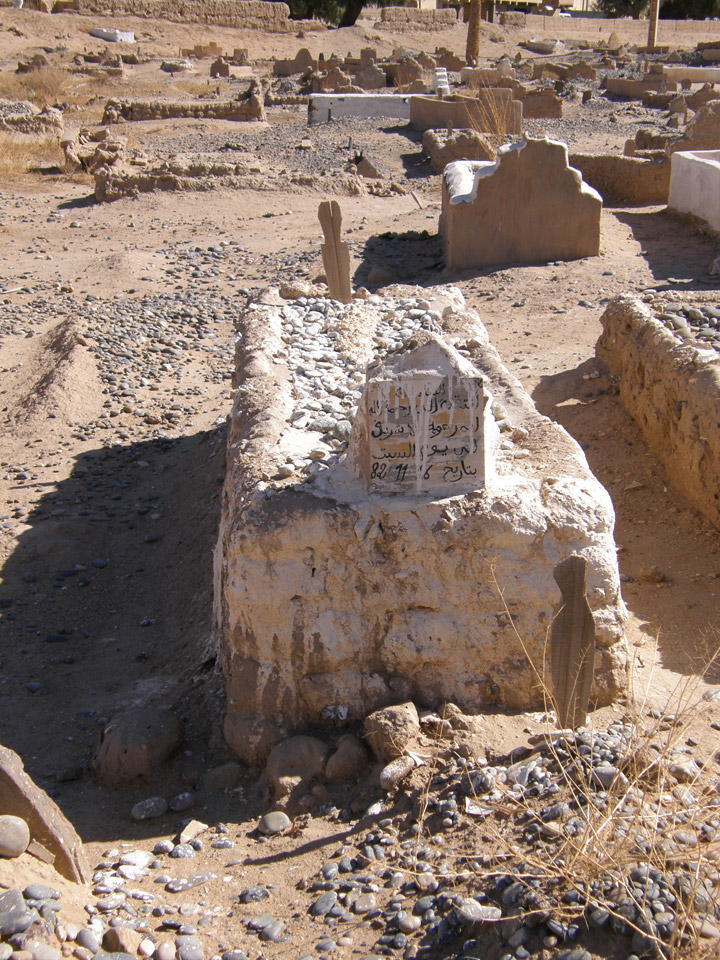
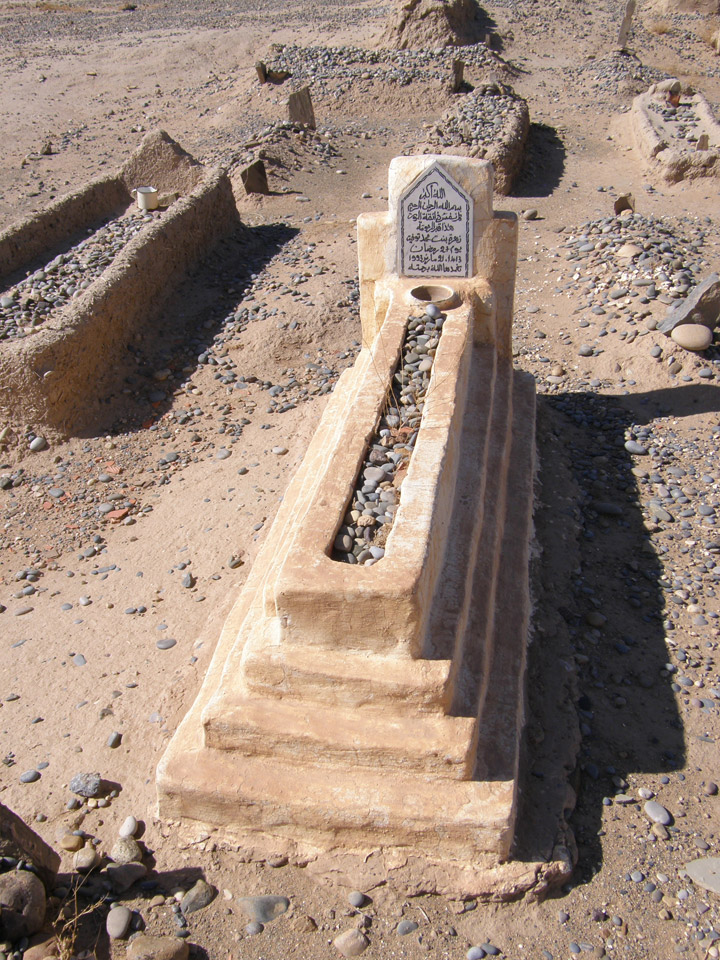
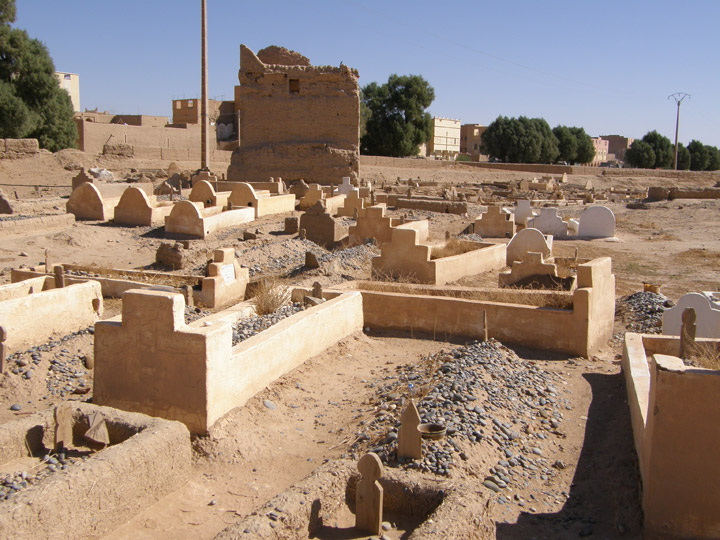
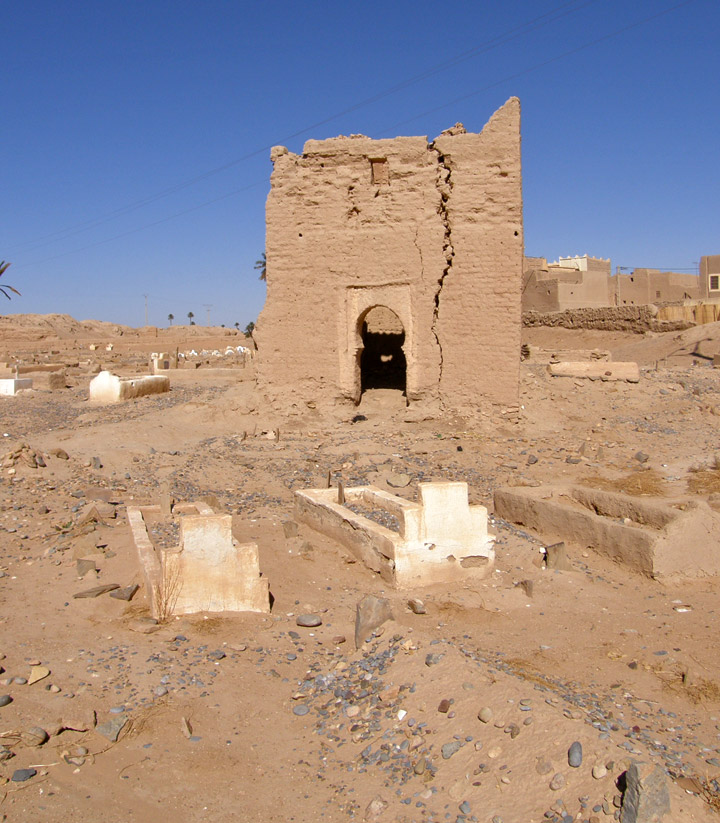
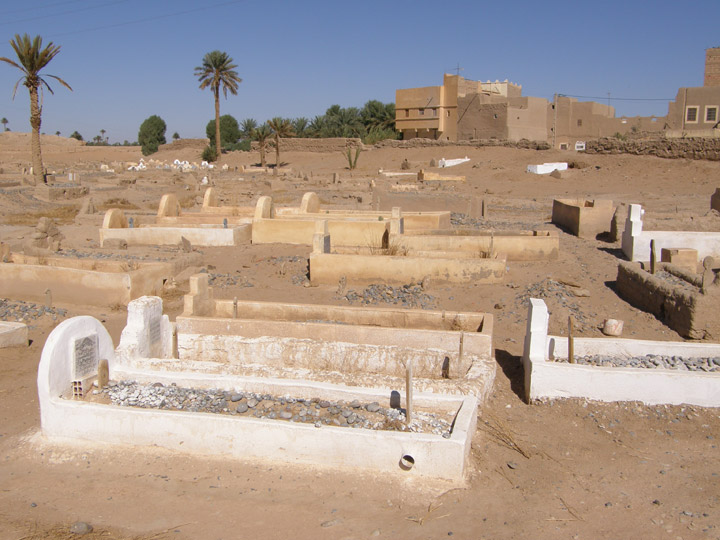

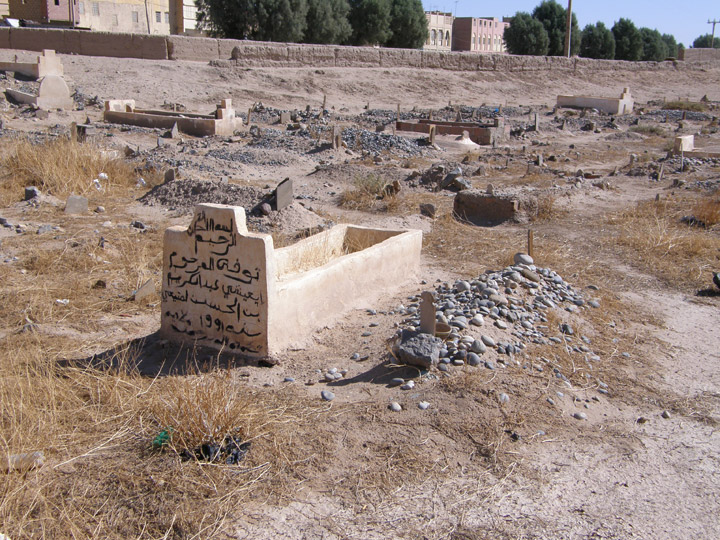
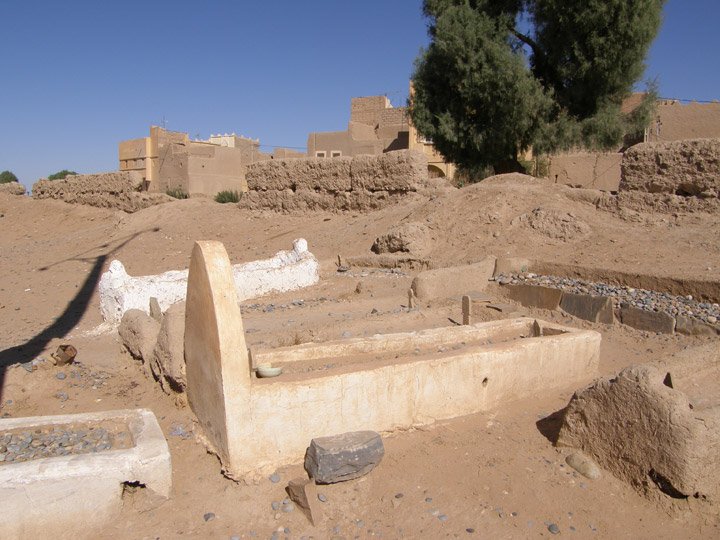

tomb of a Holy Man